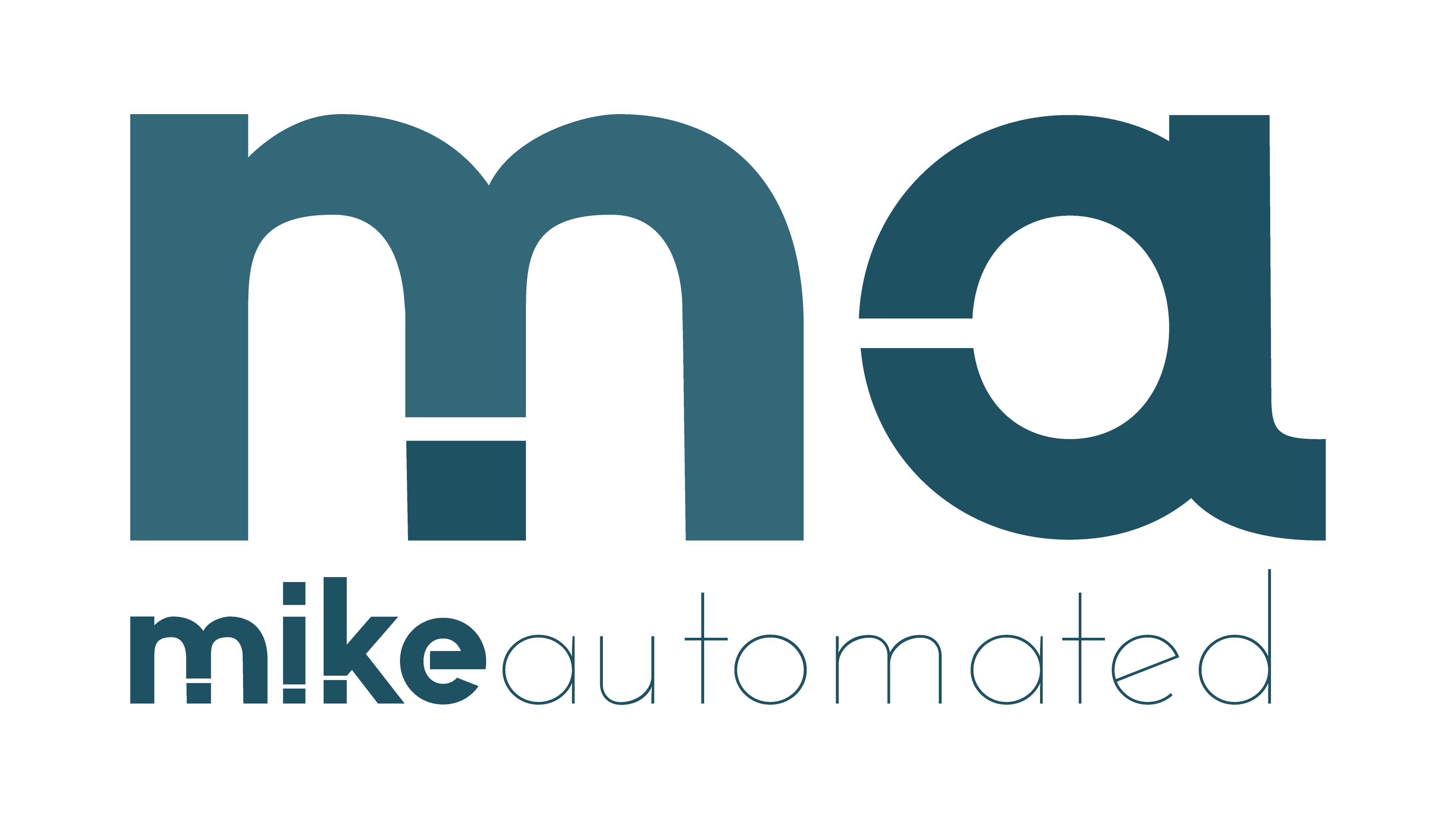Scaling AI Across Departments: Unlocking Enterprise-Level Automation Success
In today’s fast-paced business environment, leaders are increasingly turning to artificial intelligence (AI) to drive efficiency, innovation, and competitive advantage. However, a common challenge persists: how do you effectively scale automation across teams and departments? This article breaks down the complexities of enterprise AI, explains the nuances of cross-functional AI integration, and provides actionable insights to transition your organization from pilot projects to whole-scale implementation.
Understanding the Core Challenge
The critical question on every forward-thinking leader’s mind is not just about adopting AI, but about embedding it seamlessly in every part of the business. The challenge is clear: move from isolated pilot initiatives to a robust, organization-wide AI ecosystem. For business owners, marketing directors, and operations leaders, this journey requires clarity, strategic alignment, and a roadmap that bridges various silos within the organization.
Rethinking Business Strategy with AI
Historically, businesses have taken a linear approach to technology adoption. But with AI’s expansive potential, linear thinking is no longer enough. Instead, imagine your company as a living organism, where each department is a vital organ contributing to overall health. To scale AI effectively, every department must not only adopt technology independently but also work together interdependently. This cross-functional AI strategy creates an ecosystem where insights from one domain can accelerate innovation in another.
The Enterprise AI Transformation Framework
One way to think about scaling AI across departments is to use a framework consisting of three strategic phases: Assess, Adapt, and Amplify.
- Assess: Evaluate your existing technology infrastructure, business processes, and talent capabilities. Identify which areas are ready for AI integration and what gaps need to be addressed. This phase involves setting clear objectives for AI adoption by aligning it with overall business goals.
- Adapt: Create pilot projects with clear metrics to test the waters. Utilize cross-department collaboration to ensure that every team understands AI’s potential and how it impacts their workflows. During this phase, leadership must communicate a shared vision of technology transformation and its strategic benefits. A memorable takeaway is: Start small, think big, and scale gradually.
- Amplify: Once initial successes are validated, deploy AI solutions across the organization. Integrate your systems so that data flows seamlessly between departments—driving smarter decisions and fostering a culture of innovation. This is where the promise of enterprise AI is truly realized, leading to scalable automation and deep, systemic efficiency gains.
Real-World Examples of Successful AI Integration
Consider a multinational retailer that initially tested AI-driven inventory management. The pilot project in one region optimized stock levels and improved customer satisfaction. After proving success, the company extended AI tools to marketing (to personalize campaigns) and operations (to forecast demand), resulting in significant cost savings and improved operational agility. This multi-department AI integration allowed the retailer to take a holistic view of the business, breaking down silos and ensuring all teams worked towards a common objective.
Overcoming Common Obstacles
Scaling AI is not without its challenges. Organizations often face internal resistance, data silos, and unclear ROI. However, by applying a strategic framework, these obstacles can be turned into opportunities for growth:
- Internal Resistance: The key is communication and education. Engage leadership and middle management early in the process by demonstrating tangible benefits. Use success stories, internal workshops, and pilot results to build momentum.
- Data Silos: Data is the lifeblood of AI. Invest in robust data integration platforms that enable secure and seamless data sharing across departments. Modern AI solutions are designed to work with disparate data sources, making it easier to unify the organizational data landscape.
- Unclear ROI: Establish metrics that align with your strategic goals. Focus on performance improvements, cost reductions, and customer satisfaction. By setting clear KPIs during the pilot phase, leaders can build a compelling business case for wider AI adoption.
Building a Cross-Functional AI Culture
One of the most overlooked aspects of AI scaling is the cultural change needed within the organization. A cross-functional AI culture emphasizes collaboration, continuous learning, and shared accountability. Leaders should cultivate an environment where departments openly share their AI insights, learn from each pilot project, and iterate on processes collectively. When AI becomes woven into the organizational fabric, every team becomes a stakeholder in the transformation journey rather than just an end user of technology.
Actionable Insights: Start with a Clear Roadmap
For companies of any size, the following steps can help ensure that AI scaling becomes a strategic asset rather than a technological luxury:
- Map Your Business Processes: Identify key workflows that can benefit from AI. Use a process mapping exercise to chart current practices, pinpoint pain points, and highlight opportunities for automation.
- Foster Cross-Department Collaboration: Set up regular forums and cross-functional teams. Use these platforms to discuss pilot results, share insights, and plan next steps. Initiatives like these are often led by consultancy agencies such as MikeAutomated, who help businesses navigate the complexities of AI integration while ensuring that the strategic vision aligns with practical execution.
- Invest in Scalable Technology: Choose technology stacks that offer flexibility and seamless integration. Ensure you have the right data infrastructure, cloud capabilities, and AI tools that can grow with your business.
- Develop Talent and Mindset: Invest in training programs that equip your workforce with AI literacy. Encourage learning and innovation. Remember, the true strength of an AI-powered organization lies in the abilities of its people to adapt and thrive in an ever-evolving landscape.
Reflections on the Future of AI in Business
As enterprises navigate the AI revolution, it’s crucial to remember that success does not lie in isolated efforts but in an integrated, cross-department approach. By breaking down silos and fostering a collaborative environment, businesses can unlock the transformative power of AI. The transition from pilot project to enterprise-wide implementation demands foresight, investment, and a willingness to embrace change. When every department becomes a proactive player in AI adoption, the organization as a whole becomes more agile, resilient, and ready for future challenges.
Conclusion: Turning Complexity into Clarity
Scaling AI across departments is more than a technical upgrade—it’s a strategic overhaul that transforms the way an organization thinks and operates. The key takeaway is simple: by leveraging enterprise AI with a cross-functional approach, companies can achieve operational excellence and competitive differentiation. Today’s leaders must look beyond the immediate challenges and see the broader vision of a fully integrated organization ready to harness the full potential of automation.
For those ready to take the next step, consider partnering with experts like MikeAutomated, whose innovative solutions and strategic insights can ease the transition to a seamlessly integrated AI future. Embrace the journey, and watch your business transform one department at a time into a unified, agile powerhouse.


